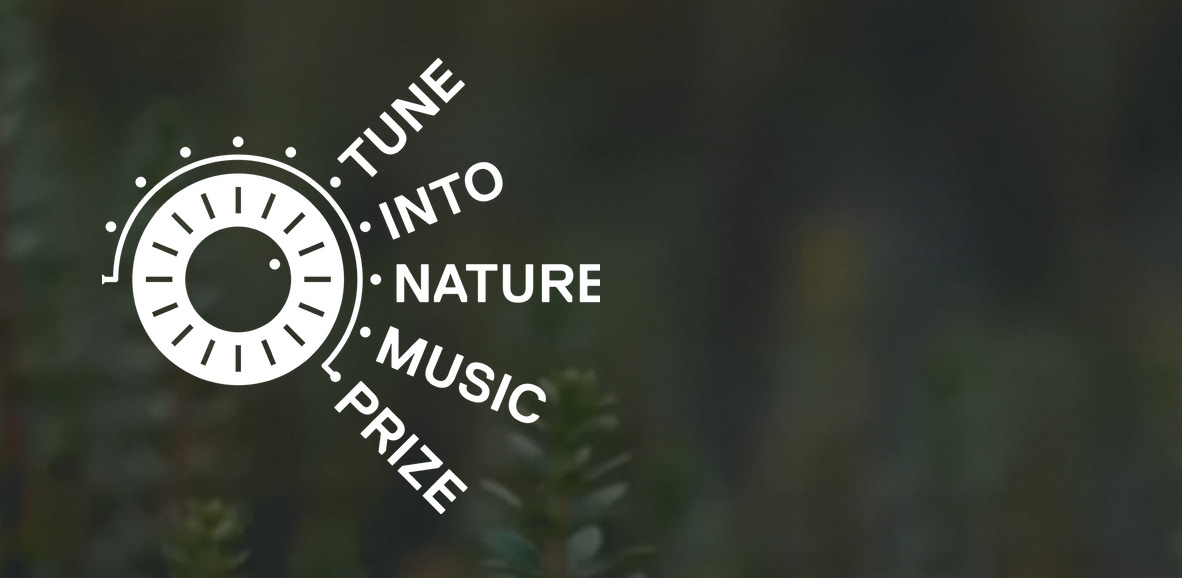A diminishment
The Aurora borealis from a sickbed, dolphins, and cork; and a postcard from rural Suffolk where preparations for winter are underway
Hi, how are you doing? Better than me, I hope – I’ve been felled by Covid and have spent much of the last week recreating The Death of Chatterton as this strangest of illnesses did its sly work, making my lower back seize up, raising my blood pressure so my eardrums hurt, my eyeballs changed shape and my contact lenses didn’t fit, then filling my throat with razors, messing with my innards, giving me a two-day headache and switching off my senses of smell and, to a lesser degree, taste. Still, in the midst of it all I saw the Northern Lights at last, having tottered all the way to my front gate in slippers and dressing gown, sent there by an alert from the free AuroraWatch app. It felt like compensation of sorts.
A couple of weeks ago I sent out a short note explaining that I’m changing the format of these newsletters. Thank you so much for all your lovely, understanding messages, and thanks especially to those of you who switched from the free to the paid tier. It’s much appreciated.
News
I’ve been sent a mock-up of the Croatian edition of All Among the Barley, which is absolutely extraordinary: they plan to make the book’s cover out of actual cork!
Here’s what Mitopeia say about the thinking behind it:
“The design is based on the witch-mark found in the text, the one element that so defines the psyche of our protagonist. The font is decorative and slightly reminiscent of the 1930s so that it reflects the period. The material in which the first edition is to be bound is actual cork board – its graininess somewhat referencing the title, and its pliant wooden nature fitting well with the countryside setting of the novel.”
What do you think? I’d love to hear your take on it in the comments.
In The Times’ Nature Notebook column for October 4 I wrote about spotting dolphins on holiday in Greece, and the effect it had on those of us who saw them. I really do think that we’re lonely, as a species, and so it has a huge emotional impact on us when wild creatures choose to come close to us. Though it does kind of depend on the species: I also wrote about the gingery Mediterranean spider who laid a ball of eggs in my clothes and how narrowly I avoided populating Suffolk with non-native spiderlings. A little too close for comfort, in that case. Click here to read more – it’s sometimes paywalled, sometimes not (or – it is for some people and not others).
Despite me being a bit of a biological hazard this week, work on the free Encounter app waits for no (wo)man, and development has continued apace. I wrote a piece for the wonderful Caught By The River website about what it’s like to be a words person collaborating with people whose brains run on entirely different operating systems: mostly brilliant, but also very humbling, so that at times I’ve felt like a donkey in a field of racehorses. You can read the piece by clicking here; please do share it on your socials or send it to friends. As we get closer to the finish line I’m going to be asking for your help in spreading the word about the Encounter app so that it can get out there and start doing good in the world.
We’re also opening a new investment round, so if you missed out the first time, but would like to support us, email hello@encounter-nature.com.
My fellow Nature Notebooker, the astonishingly prolific John Lewis-Stempel, has a new book out this week called England: A Natural History. I have a copy but I have barely had time to look into it, for which my apologies – however, I can say that it is a gorgeous object and that I am very much looking forward to getting stuck in. John and I share an interest in England (as distinct from Britain), although I generally find myself picking apart that particular dream-landscape as much as celebrating it. John has begun paddling in the waters of Substack and you can find him here.
What have you been noticing in the natural world this October? I’ve been enjoying the nacreous innards of honesty seed pods, robin’s pincushion galls, spindle berries and beech leaves. You can catch my Wednesday nature posts over on Instagram.
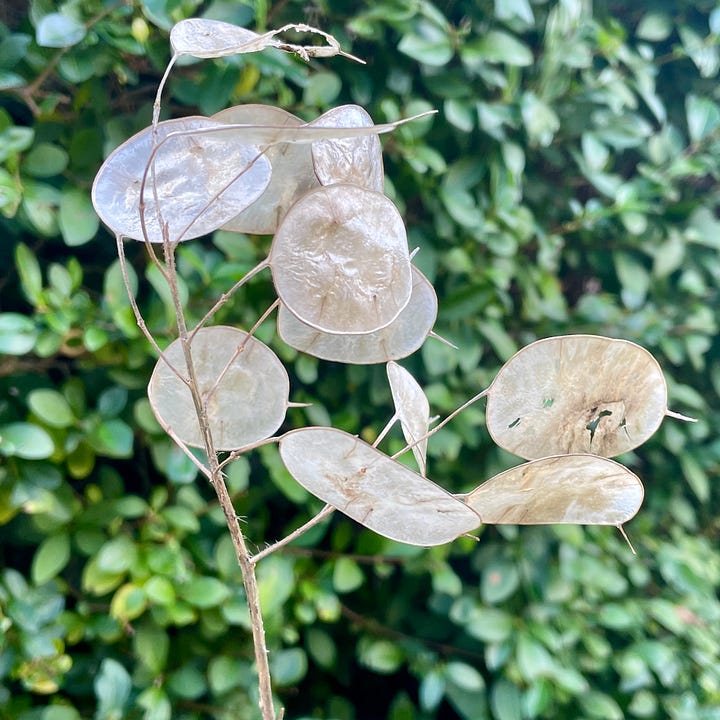
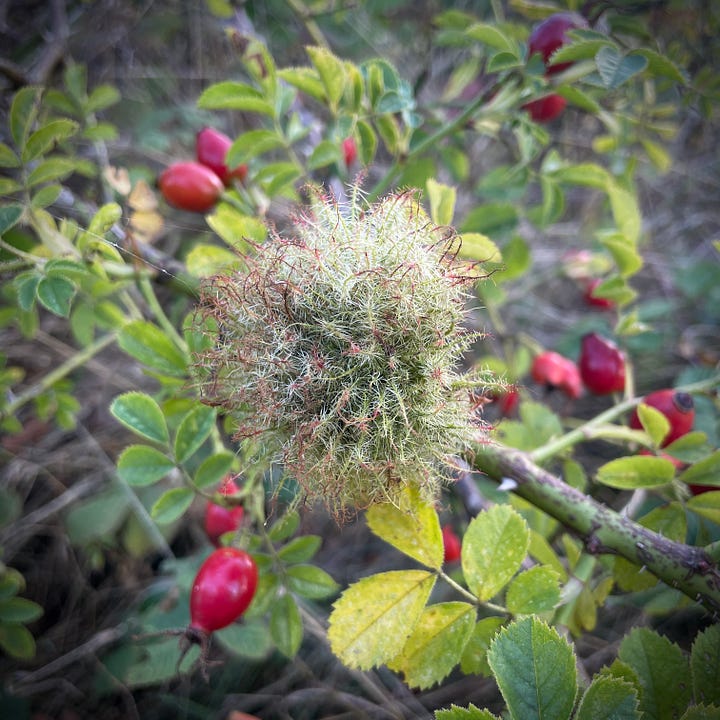
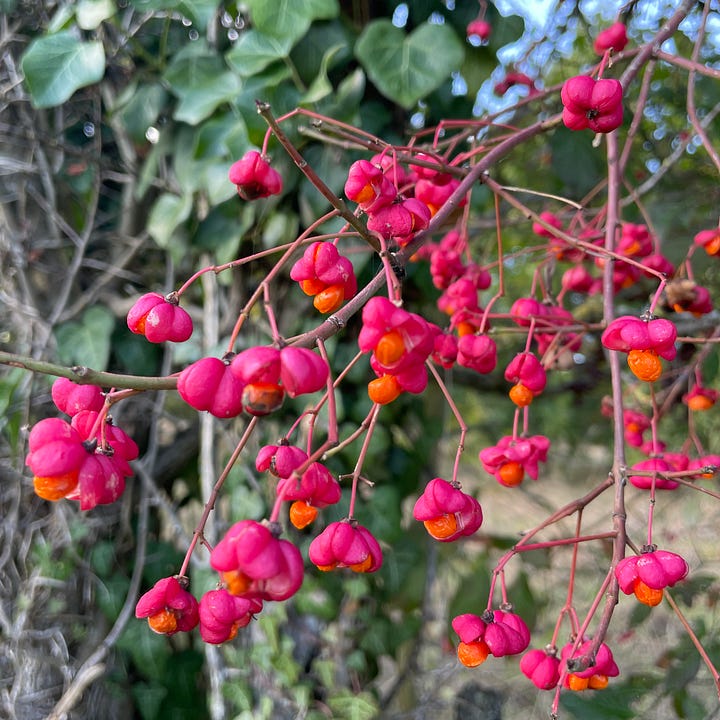
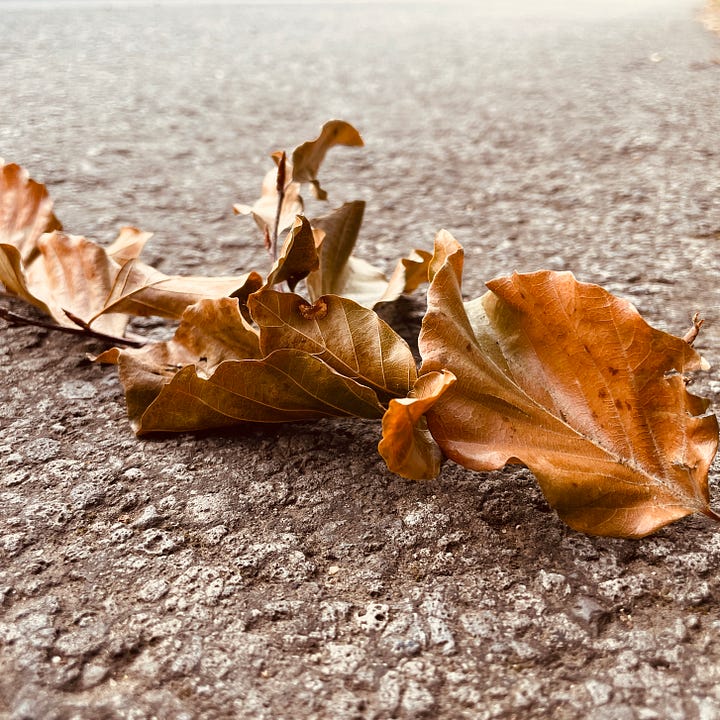
Finally, I’m very proud to announce that I’m on the judging panel for the inaugural Tune In To Nature music prize, alongside Sam Lee, Cosmo Sheldrake, Elizabeth Alker from Radio 3 and others. The prize, which was announced on Radio 6 Music a couple of days ago, is for musicians aged 18-30 whose work celebrates their relationship with nature. I can’t wait to hear the entries and vote for my favourite!
In Part Two I’ll be writing about the change that’s stolen up on the world while I’ve been lying on the sofa: a distant door has closed quietly on summer, and now my little garden, the village and its watermeadows, and the quiet farmland all around has taken on a new, diminished character. It may be melancholy but there’s a steel in it too – and a beauty. I hope you’ll join me on my walk.
Thank you for reading and supporting Witness Marks; please press the ‘Like’ button if you did indeed like this edition. Until next month!





